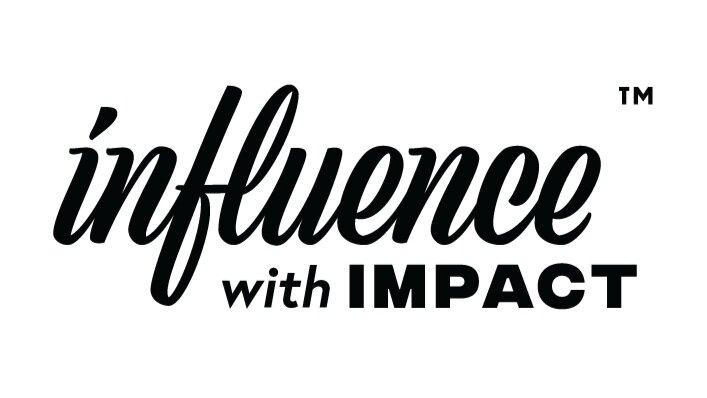The 4 Things to Know When Negotiating Payment as an Influencer
Is there such thing as “happy equal pay day?” Mixed feelings because of the reality of the existing wage gap, but proud of women fighting every day to close it. But, what I can guarantee makes me happy is when I see other women in my industry win. Be it as an influencer or brand person, when one of us wins we all win.
Negotiating pay in any industry is a really icky subject. According to a survey by Glassdoor, women are 16 percent less likely negotiate a salary. Fighting the gender gap starts with a battle in negotiating. Preparing for negotiating also means understanding how it all even works.
In spirit of today’s special day of conversation, I’d love to share some highlights on how to get paid more as an influencer:
The Baseline & Then Some
For many up-and-coming influencers, a barrier in starting to get paid is knowing where to start. A good quick formula for monetizing your feed is starting with the “penny per follower/subscriber/UVM” rule. For example, if you have 20,000 followers you should at the very minimum charge $200 for one piece of content. That doesn’t include things like stories (Instagram), blog post, sharing same content on another platform, etc.
Next, think about the type of content you’re being asked to produce and add a premium to that. For example, video content should be at least 50% more than your baseline because of the extra time it takes to produce. Then, check your engagement rate on the platform you’re in and be sure to add at least 10% more if yours is above average. Finally, be sure to add a premium based on your expertise level. A real photographer? Industry expert? Get a lot of inquiries? Add some cash flow to that.
All the “Extra” Stuff You Need to Charge For
Repeat after me: I will thoroughly read my contract. I will thoroughly read my contract. I will thoroughly read my contract. Brands are notorious for adding in everything they need inside a contract, beyond the content deliverables, without explicitly outlining it for you ahead of time. Two particular things that are 99% always in there are: exclusivity and image rights terms.
Exclusivity means you are in contract to not work with another competitor for a certain period of time. 7 days is a pretty standard rule to offer at no additional cost, while 14 days is quite generous but still within normal means. Anything 30 days+ should come at an additional charge — I’ve seen many add a 50% from the baseline fee for every month of exclusivity. Think about it: if you’re exclusive that means you are missing out on a paycheck if work comes your way. You might be thinking that as an influencer you don’t want to confuse your audience and work with a ton of the same category of products anyway, but often times exclusivity locks you in from working with other companies that have little to do with the exact campaign or product you’re promoting. That’s an opportunity missed!
Image terms are pretty standard things any creator would charge anyway, so don’t let yourself get taken advantage of if someone is using your content for marketing purposes. A standard fee is $100 for 1-5 images with full ownership. You decide what quantity is best for you, or your team if you work with a photographer or videographer. Note: Often times, I let brands keep social media reuse of my content, with credit, for free. It’s a great opportunity for earned exposure if they reshare your content on their social feeds (no using for their own social ads for free though).
Consider the Trade-Offs in a Reduced Rate
Putting my brand hat on, there are also times that we have a totally scrappy budget and a group of influencers we really love. If it’s a brand you really love or are interested in, think about some potential perks or bonuses outside of the cash form that would be beneficial to you if they’re asking you to reduce the rate. For example, a brand gift card to fill the dollar gaps, promotion via their newsletter, extra product to run a giveaway for your followers, guaranteed content reshares, and more.
You want to be careful here not to dilute your rate too much, but if it’s someone on your wishlist I’d recommend working this in. At the end of the day, it’s about building relationships with brand people and this is a great way to be a good long-term partner! For nanoinfluencers (under 10K), you may be doing a lot of things in exchange for products or services only at first - which is ok to building up your portfolio and network - but be wary to only do things for free that equate to the value of your time.
Know (!) Your (!) Worth (!)
The most important piece of advice I can give you is to walk away when someone doesn’t know your worth. If someone really wants to work with you, they’ll work with you during the negotiation process. If they don’t value your work at the start, they won’t be good to you in the end either. And trust me, another valuable partner will always come after.
To help prepare for the worth conversation, you should have a media kit ready to give marketers stats and more information to help them make the case for you. More on that topic to come, but at the very least understanding your back end data will help you be ready for these talks.
Have your own tips for negotiating as an influencer? Or, any other industry in spirit of today? I want to hear about them in the comments below! x

